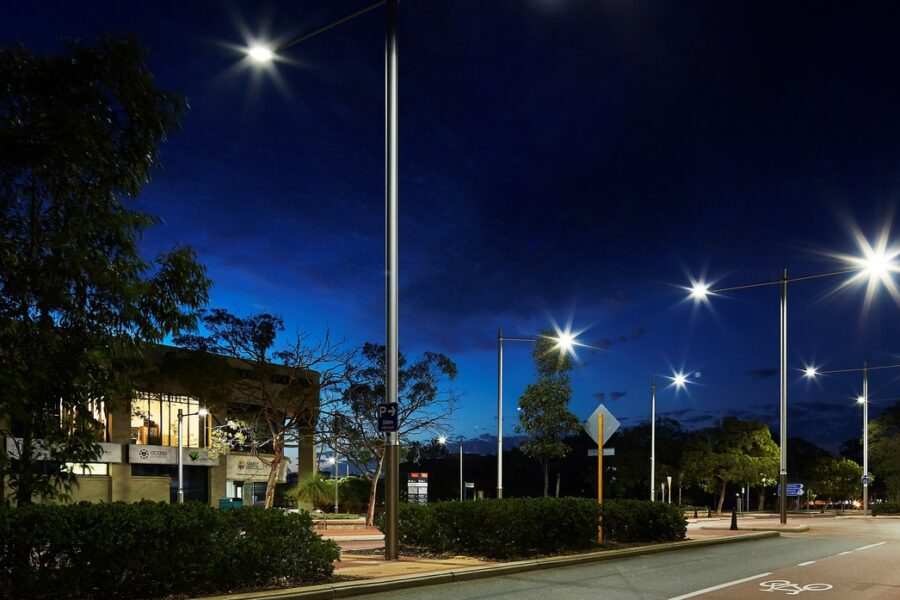Central control saves energy, improves service levels and enables lighting to respond to citizen needs. It transforms isolated street lighting infrastructure into the connected foundation for other smart city sensor applications.
 1
1Adapt to requests for dark skies or over fear of crime
Adapt to shift patterns and shipments in industrial zones
Adapt lighting dynamically to highway traffic levels
Adapt lighting for events such as New Year fireworks
Adapt lighting to assist emergency service response
Cities and utilities across the world are investing heavily to install cleaner, more reliable LED street lighting. Adding wireless controls completes the potential of LED – increasing energy savings by up to 30% and cutting maintenance costs with automatic fault alerts and self-diagnosis. Controls also provide accurate energy metering and service level statistics for auditing LED investment performance. Most of all, controls enable lighting to adapt to the needs of the city, both in real-time and over the long term.
Smart street lighting continues to solidify its position as the foundational layer for broader smart city projects. These projects are now not only saving cities and utilities billions of dollars in energy and maintenance costs, but have also begun to open up new revenue opportunities.
Ben Gardner
President, Northeast Group
Key infrastructure projects such as street & public lighting demand the highest standards to ensure reliability and value for money, and Telensa’s proposition more than satisfies both of those criteria.
Scott Waters
CEO, City of Darwin
Telensa PLANet is an end-to-end intelligent street lighting system, consisting of wireless nodes connecting individual lights, a dedicated network owned by the city and a central management application. The system pays for itself in reduced energy and maintenance costs, improves quality of maintenance through automatic fault reporting and turns streetlight poles into hubs for smart city sensors. With more than 2 million lights connected, Telensa PLANet is the world’s most popular connected streetlight system.



Telensa is the market share leader in smart street lighting, with more experience of deploying systems of more than 100,000 lights than anyone else. When other smart city vendors are promoting small-scale pilots, we are rolling out whole cities, counties and states – with a controls range that covers every type of lit asset. What’s more, we have more than 10 years experience of doing so. Telensa PLANet is designed specifically for the finely-balanced business case for smart street lighting, with ultra-low power and bandwidth consumption, an advanced control set to maximise savings, and long-term durability.
Find out how the City of Joondalup used streetlighting with smart controls to save 65% on their energy costs


82,000 streetlights will be upgraded in the coming months so that they can be programmed at a local level with significant energy and carbon emissions saved